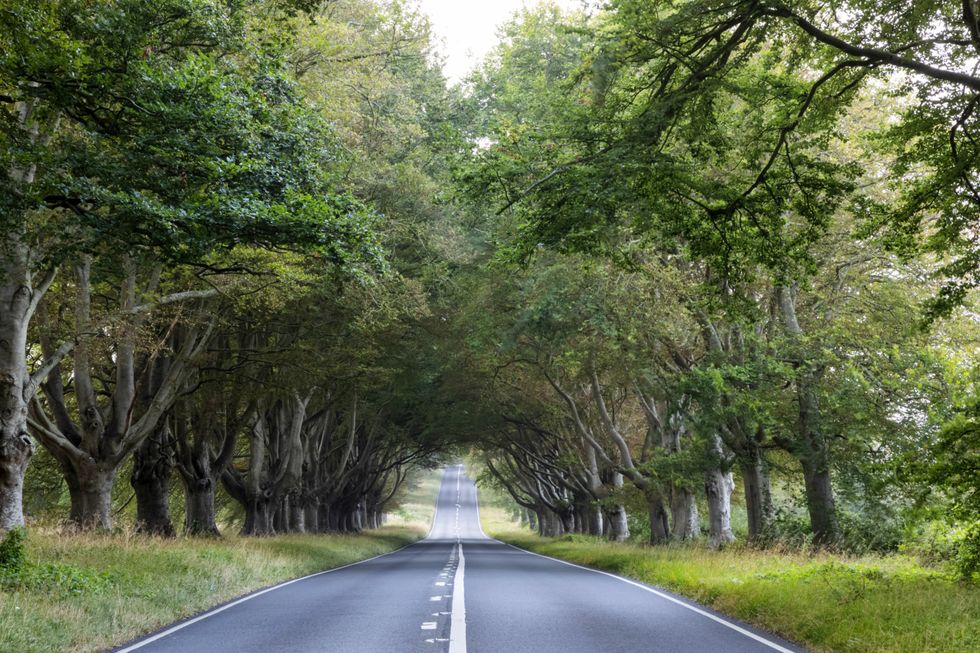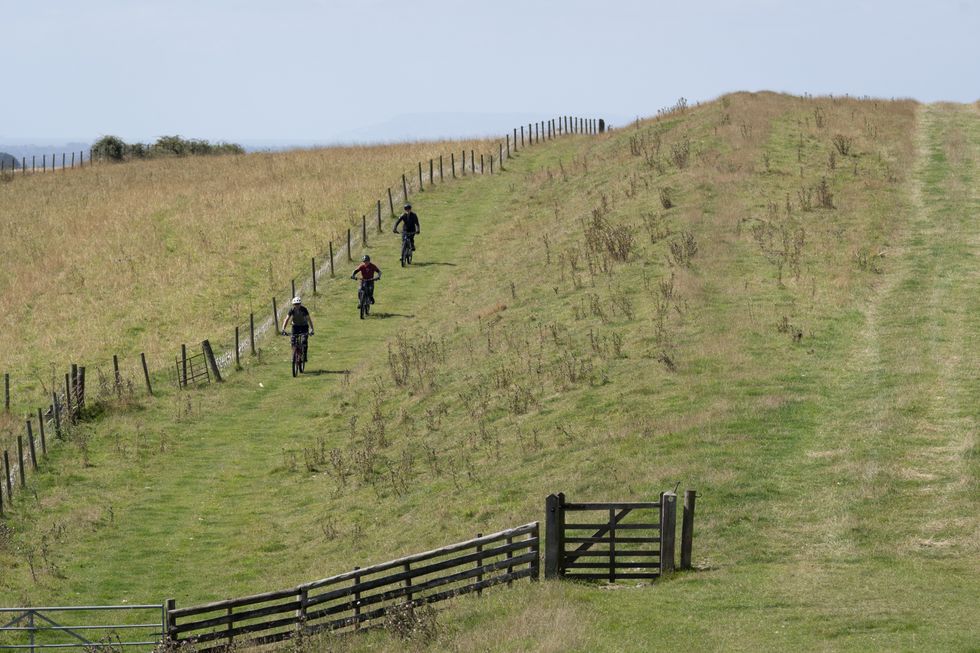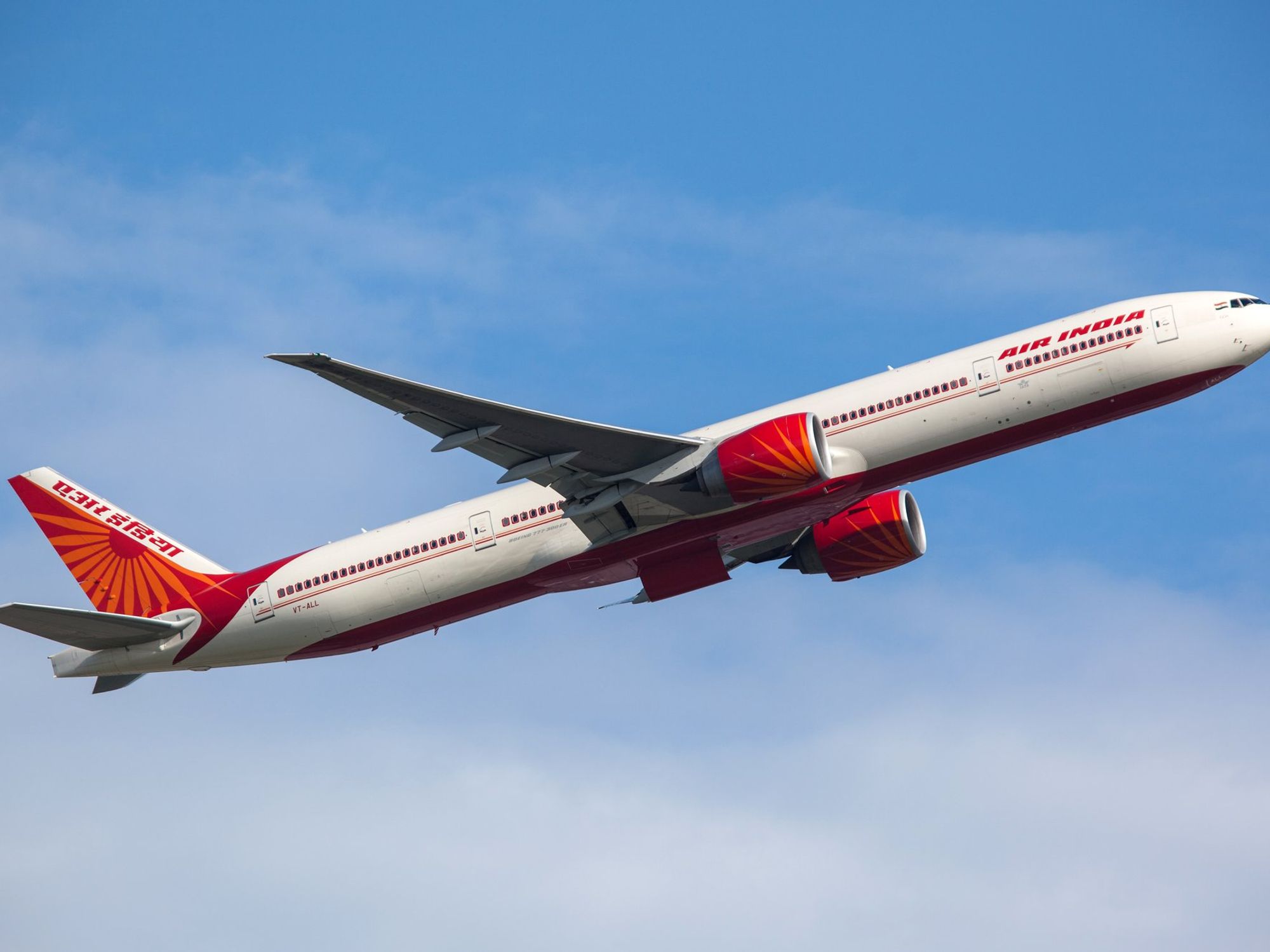Archaeology breakthrough as nearly 185,000 miles of Roman roads mapped - almost DOUBLE previous estimates

The Itiner-e project represents the most comprehensive mapping effort of Roman transport infrastructure ever undertaken
Don't Miss
Most Read
Latest
An international archaeological collaboration has charted approximately 185,000 miles of Roman roads across the ancient empire, nearly doubling the 95,000 miles documented in the Barrington Atlas of the Greek and Roman World, previously considered the definitive reference.
The Itiner-e project represents the most comprehensive mapping effort of Roman transport infrastructure ever undertaken.
Archaeologists and historians from institutions in Aarhus, Barcelona, Cambridge, Lyon, Istanbul and other universities contributed to this extensive survey.
The findings suggest the Roman Empire maintained a far more intricate transport system than historians previously understood. Rather than simple routes radiating from Rome, the research reveals an interconnected web of highways and secondary roads that linked the empire from Wales to the Levant.
The research team employed an extraordinary range of historical materials to reconstruct the ancient road network. Their sources included ancient travel itineraries, 19th-century camel routes, Soviet military charts, Ottoman surveys and declassified American spy-satellite images.
Visible remains or clear documentation exist for merely three per cent of the Roman road system.
The researchers classified approximately 90 per cent of the newly-mapped routes as "conjectured" - roads whose existence is confirmed through ancient travel guides, milestone inscriptions and archaeological excavations, though their precise paths have been obscured by flooding, agricultural activity and urban development over the centuries.
To determine the most likely routes, the team applied Roman engineering principles: avoiding marshy valleys, maintaining ridge positions and following natural topographical features. The remaining 7 per cent were designated "hypothetical" routes, supported by ancient sources but lacking sufficient evidence for accurate mapping.

England, Dorset, Roman Road near Blandford Forum
|GETTY
The newly revealed network shows exceptional density in the Iberian peninsula, north Africa and Egypt.
Rather than a hub centred on Rome, the map depicts an extensive web of arterial highways complemented by countless secondary routes connecting smaller settlements, farms, villages, quarries, ports and military installations.
The research team examined the long-held belief that Roman roads were remarkably straight.
Tom Brughmans of Aarhus University, a lead author of the study, explained that by employing a precise, empire-wide dataset and measuring sinuosity - essentially how "wiggly" a line is - they could properly assess Roman geometric discipline.
LATEST DEVELOPMENTS

Roman Stane Street
|GETTY
Their analysis revealed that whilst Roman roads were indeed straight, this only occurred where terrain allowed.
Contemporary roads are typically straighter, partly because vehicles travelling at high speeds cannot navigate sharp bends safely.
The extensive mapping offers fresh insights into how Rome administered its vast territories.
The dense network explains the efficiency of imperial communications, enabling orders to travel swiftly from governors to garrisons whilst facilitating the movement of grain, tax revenues and even diseases towards the capital.
The road system also illuminates how Christianity spread across provincial boundaries and how legions could rapidly deploy to crisis points.
The network evolved continuously over centuries rather than following a single master plan, with many Roman roads built atop pre-Roman paths whilst others were rerouted as settlements relocated or emperors altered maintenance priorities.
Mr Brughmans observed: "We've identified a moderate positive correlation between Roman roads and major modern roads. In other words, if you're standing on a major modern road in Europe, there's a good chance you're very close to a Roman road. Sometimes you'll be right on top of it."











